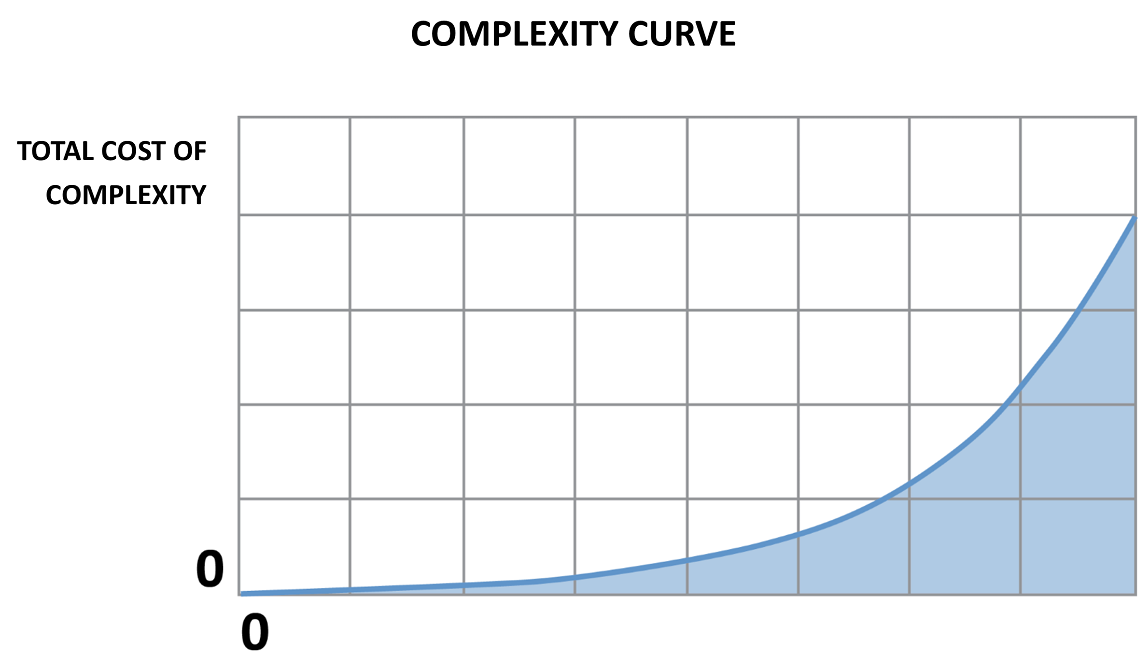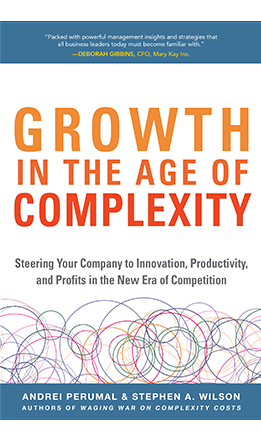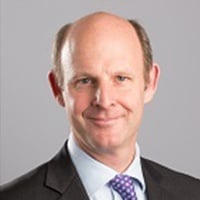1) Companies aren’t familiar with the ways complexity impedes growth
While companies may intuitively recognize how complexity can inflate a company’s cost structure, they frequently misjudge the impact of complexity on top-line performance. In fact, complexity impedes growth in many ways:
- Impaired service levels. Product and process complexity lead to issues around service, such as poor on-time delivery, quality, or customer service.
- Slowing innovation. A large number of products (or initiatives) actually clog up the development pipeline, slowing time- to- market.
- Customer confusion. In the face of higher levels of choice, customers struggle to make purchase decisions and the sales channel is less able to provide support.
- Higher costs, leading to less margin for reinvestment or higher prices. Complexity costs creep in and working capital goes up, putting pressure on the business.
- Profit concentration, and risk. Complexity breeds cross- subsidization, often massive ones, that mask the real creators of value in your company.
Relevant Resources
Learn more about:
- Our distinct view on complexity
- Our expert work in the area of growth strategy
- The results we’ve produced for clients
- Our two books on how to reduce complexity costs and flourish in the Age of Complexity
Start the Conversation
Contact us to learn more about how to cut through the Growth Paradox and thrive in the Age of Complexity.
2) Companies underestimate the nonlinear effects of complexity
Another reason the Growth Paradox persists is that many organizations lack familiarity with the nature of complexity, specifically the nonlinear impacts it can have on a business.
This nonlinear relationship means that things can go from good to bad very quickly. There’s also a cumulative effect, whereby the effects of the Growth Paradox worsen with every additional layer of complexity.
In our writing, we discuss Complexity Cost Curve, the curve that captures the notion of system-wide costs introduced as the result of a specific action.

Complexity costs are the costs you incur in order to have many things, and are typically unanticipated, inadvertent, and often hidden. It is this aspect of complexity—that its costs (or impacts) result from the interactions between its dimensions—that drives complexity costs to grow geometrically with complexity.
As we add more complexity to a business, we also increase the potential number of interactions between those items, and as the complexity of a system grows, the more acute the Growth Paradox becomes.
3) Companies aren’t aware they are creating complexity
Finally, the benefits from complexity tend to be local, while the costs of complexity tend to be distributed. When someone adds an item of complexity, whether a new product, an additional process step, a new report, or a new IT system, the reason—the benefit—of adding that complexity is very clear. It is why the item is being added in the first place: to drive growth and to boost top-line performance. The benefits are very proximate and visible to those who want to add the item. They are local.
However, there is typically a much fuzzier and more incomplete view of the costs that will actually result from adding the item, such as the increased costs of sourcing, logistics, sales, and so on. The complexity costs arise due to the interactions throughout the system and are borne across the system—they are distributed.
Unfortunately, as the company becomes more complex, the disparity between local benefits and distributed costs grows even more, and it becomes ever more difficult to anticipate the full costs and impact of more complexity on the rest of the system, making it likely that even more complexity will be added, creating a vicious cycle.
The natural dynamic of local benefits and distributed costs, and the vicious cycle it creates, is the most fundamental reason companies have too much complexity and why overly complex companies are the best at adding even more variety.
While most leaders will recognize the issue of complexity as we describe it, few have yet to translate their growth strategies—and indeed their operating practices—into the disciplines they need to navigate to profitable growth in a complex world. What we observe is companies doggedly executing traditional growth strategies, with mixed results: no growth, slow growth, or worse, significant value destruction.
Relevant Resources
Learn more about:
- Our distinct view on complexity
- Our expert work in the area of growth strategy
- The results we’ve produced for clients
- Our two books on how to reduce complexity costs and flourish in the Age of Complexity℠











